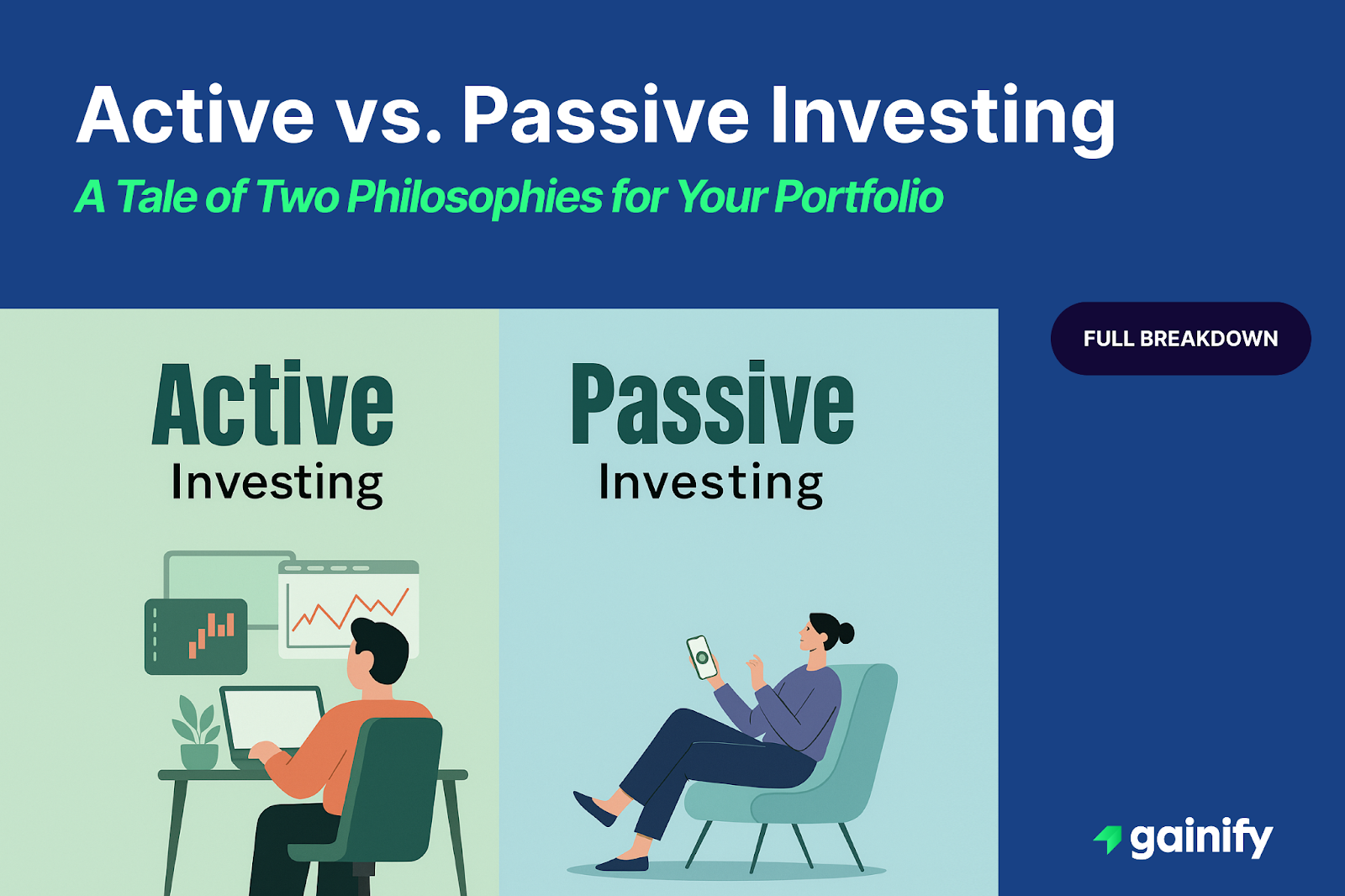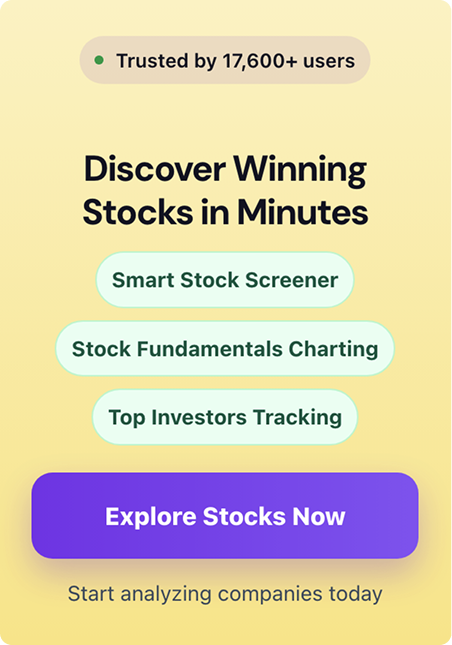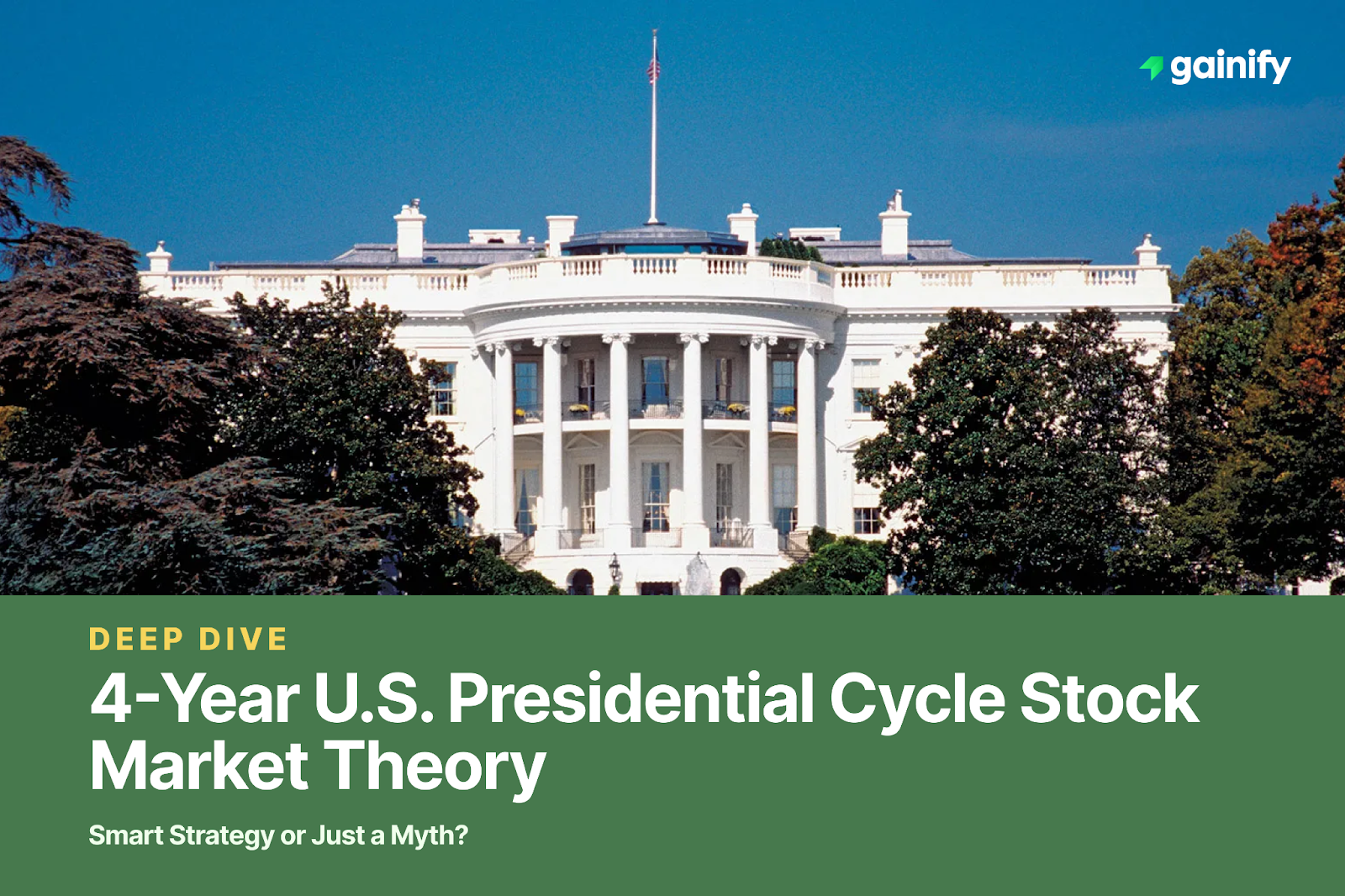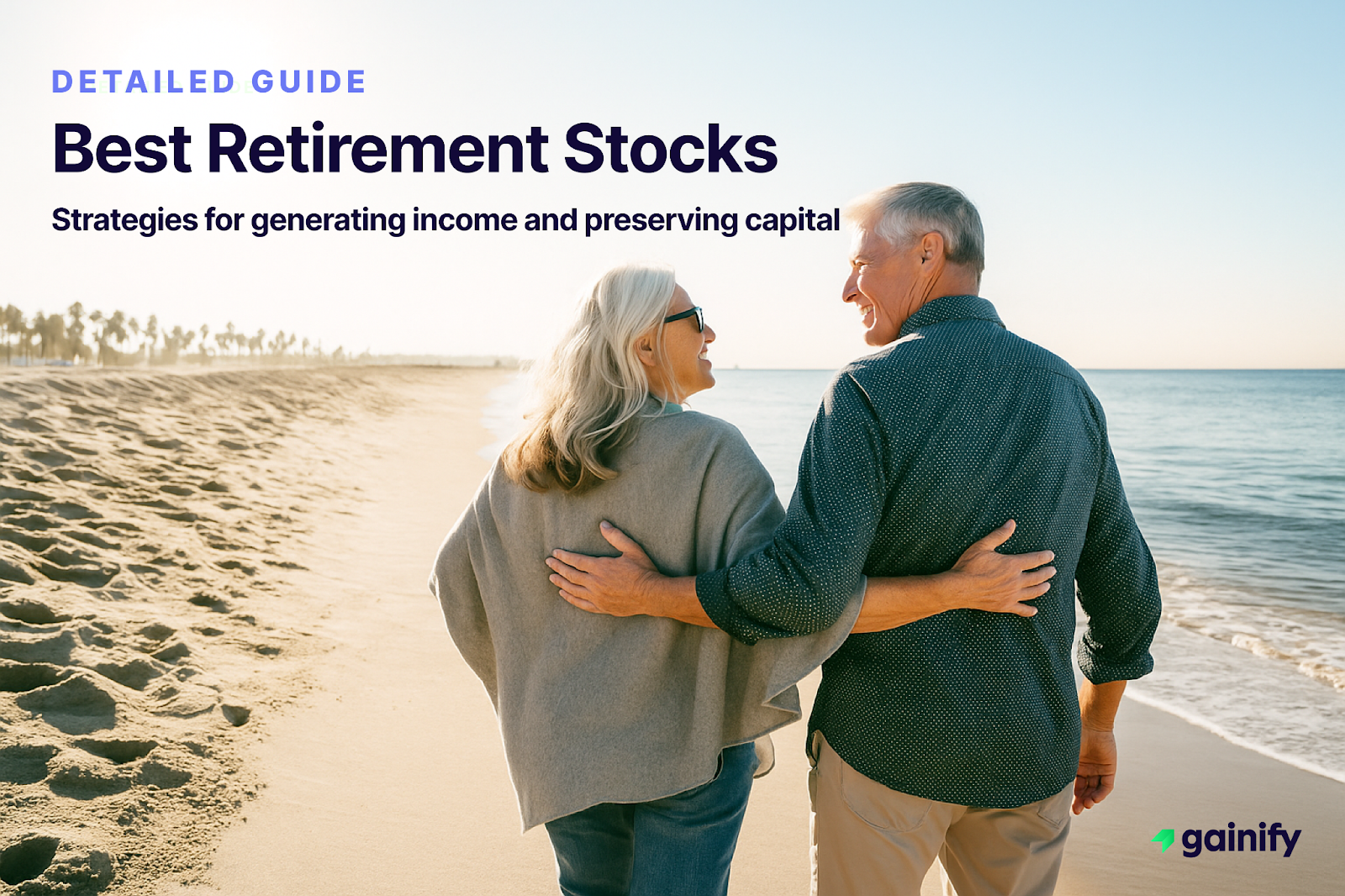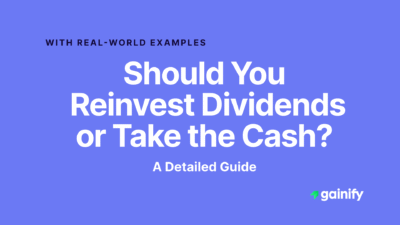In the world of investing, two distinct strategies stand at a philosophical crossroads: active and passive. One is the high-performance contender, driven by a skilled manager who believes they can outmaneuver the competition and reach the finish line first. The other is the steady, disciplined marathon runner, who trusts in a consistent pace and the predictable power of endurance. The choice between these two investment philosophies is not a trivial one; it is a fundamental decision that shapes an investor’s entire journey, defining their relationship with risk, cost, and ultimately, the market itself.
For decades, the financial industry’s default assumption was that superior returns were a direct result of superior talent. This premise gave rise to the era of actively managed funds, where the promise of a brilliant fund manager consistently beating the market was the cornerstone of the business. However, a quieter revolution, powered by data and the relentless logic of low costs, has challenged this very notion. The rise of passive investing presents a powerful counter-argument, suggesting that the search for market-beating performance is often a costly, and largely futile, endeavor.
Today, these two eras of investment coexist, presenting a clear fork in the road for every investor. The choice is a classic dilemma: do you pay a premium for a dedicated expert to navigate the market’s complexities, or do you bet on the collective wisdom of the market itself through a simple, low-cost approach? This decision is not just about a few percentage points of return; it’s about aligning your investment strategy with your personal beliefs about market efficiency, risk tolerance, and the value of professional management.
This article will provide a detailed, unbiased comparison of actively managed funds and passively managed funds. It will explore the core tenets, key advantages, and potential drawbacks of each, offering a comprehensive guide to help you make an informed decision and build a truly sound and effective investment portfolio.
The Defining Differences: Active vs. Passive
At their core, the debate between active and passive investing stems from a single, foundational question: Can a professional manager consistently and predictably outsmart the market? The answer to this question defines the entire investment philosophy, leading to two distinct and powerful frameworks for building an investment portfolio.
Framework 1: The Active Management Approach
Active investing is the belief that the market is not perfectly efficient, and that with sufficient skill and resources, it is possible to generate superior returns. This is the traditional model of fund management, where professional investment managers are hired to make calculated investment decisions aimed at outperforming a designated benchmark.
Five key features define this framework:
- Objective: market outperformance. The central goal of every active strategy is to “beat the benchmark”, such as the S&P 500 Index or the FTSE 100. The success of the portfolio manager is directly measured against the performance of this index.
- Methodology: research and frequent management. This framework demands a hands-on, research-intensive approach. Active investors and their teams conduct in-depth analysis of company shares, equity valuations, and economic trends to identify securities they believe are mispriced. This often leads to buying and selling based on evolving market conditions..
- Core Toolset: flexibility and advanced strategies. Unlike a passive fund that is constrained by its index, active funds have the flexibility to take a range of positions. They can overweight certain market sectors, invest in small-cap equity in search of undiscovered value, or even use tools like short sales or put/call options to protect against market corrections or periods of high market volatility.
- Strategic Focus: inefficient market segments. Proponents of active management argue that their skills are best applied in market segments where information is less widely available or consensus is less certain. This includes specialized areas like real estate funds, money markets, or international stocks, where the potential for long-term growth may be higher for a skilled manager than in a broad, efficient index of large-cap stocks.
- Cost and Risk Profile: higher potential, higher overhead. The pursuit of outperformance comes at a price. Active funds typically have higher expense ratios to compensate their teams and cover transaction costs. This higher overhead creates a significant hurdle to overcome. While the reward for success is a greater long-term return, the risk of underperformance is also very real, leading to a critical distinction between compensation for skill and taking uncompensated risk.
Framework 2: The Passive Management Approach
Passive investing is the belief that the vast majority of investment professionals cannot consistently beat the market, especially after fees. This philosophy, therefore, aims for simplicity and cost efficiency. It seeks to capture the market’s return as a whole, rather than betting on any single manager’s ability to pick winners and avoid losers.
Five key features define this framework:
- Objective: market matching. The straightforward goal of passive management is to match the market’s returns as closely as possible. This is not a race to win, but a deliberate decision to participate in the market’s collective long-term growth without the added cost and risk of active selection.
- Methodology: rules-based and “Buy-and-Hold.” Passive strategies are not based on subjective research or investment decisions. Instead, they follow a strict, rules-based methodology. The fund simply tracks a designated index, such as the S&P 500 Index or the Russell 3000, and only changes its holdings when the index itself rebalances. This disciplined, low-turnover process is the cornerstone of the buy-and-hold philosophy.
- Core Toolset: index funds and ETFs. The primary vehicles for passive investing are low-cost index funds and Exchange-Traded Funds (ETFs). Funds allow investors to gain broad, diversified exposure to an entire asset class at minimal cost. A key metric for these funds is their tracking error, which measures how closely the fund’s performance tracks its underlying index.
- Strategic Focus: broad market efficiency. Passive management thrives in highly efficient and liquid markets, particularly those dominated by large-cap stocks like those found in the S&P 500 Index. It is a recognition that in these environments, the cost of trying to pick individual winners and losers often outweighs the benefit.
- Cost and Risk Profile: minimal overhead, market risk only. The key advantage of passive investing is its cost management. With no high-paid managers or research teams, passively managed funds boast incredibly low expense ratios and minimal trading costs. This minimizes the drag on long-term return. The primary risk for passive investors is market risk itself – the risk that the entire market will decline, which is an unavoidable part of investing. They avoid the added layer of manager risk inherent in active strategies.
The Case for Passive Investing: Why Simplicity Reigns
The rise of passive investing, spearheaded by visionaries like John C. Bogle, has been one of the most significant trends in the financial services industry over the past few decades. Its popularity is rooted in a compelling set of advantages:
- Significantly Lower Costs: This is perhaps the single biggest advantage. Since there is no need to pay a team of analysts and managers for their research, passive funds have extremely low expense ratios. For example, a passively managed Vanguard Total Stock Market Index Fund might have an expense ratio of less than 0.10%, whereas an actively managed mutual fund could easily have one over 2.00%. Over years of compounding, this difference in fees, or transaction costs, can amount to tens or even hundreds of thousands of dollars in lost long-term return.
- Broad Diversification: A passive strategy gives investors instant, broad exposure to an entire market or sector. An S&P 500 Index fund, for instance, gives you a stake in the 500 largest U.S. companies. This diversification spreads out risk across a wide range of company shares and helps avoid the uncompensated risk of relying on a few individual stocks.
- Predictable Performance: Passive funds are designed to mirror the market, so you know what to expect for your long-term return. You get the long-term growth of the market without the guesswork or the risk of underperforming due to a fund manager’s poor investment decisions.
- Tax Efficiency: The buy-and-hold nature of index-style investing means there is less trading, which in turn leads to fewer taxable events from capital gains tax. This tax efficiency allows more of your returns to compound over time.
- Less Emotional Stress: Passive management removes the need for frequent management and the emotional toll of market timing. It’s a disciplined approach that helps beginner investors and seasoned pros alike avoid common behavioral biases.
The Case for Active Investing: Finding Opportunity in Inefficiency
Despite the strong arguments for passive investing, active management continues to play a vital role in the financial world. Proponents of this approach argue that passive strategies leave money on the table, particularly in certain market conditions and economic climates.
- Potential for Outperformance: The primary goal of active management is to beat the market. In theory, a highly skilled investment manager can use their expertise to identify undervalued securities or anticipate market trends, leading to higher returns. This is particularly relevant in less efficient market sectors, such as small-cap equity, or specialized areas like insurance or banking stocks.
- Risk Management in Downturns: Active investors are not tied to an index. During a bear market or market corrections, a passive fund will fall along with the market, but an active fund manager has the flexibility to move to cash, use short sales or put/call options to hedge their bets, or invest in defensive asset classes to protect the investment portfolio from potential losses. This ability to adapt to market conditions is a key benefit, especially for those with a lower risk tolerance.
- Specialization and Tailored Strategies: Active management allows for highly targeted investment strategies. For example, a manager can create a fund specifically focused on real estate investing, specific technology sub-sectors, or even assets like crypto currencies. This offers investors a way to pursue specific investment objectives or to align their asset mix with personal values in a way that broad index funds cannot.
- Tax Management: While passive investing is generally more tax-efficient, an active financial adviser can strategically sell assets at a loss to offset gains (known as “tax-loss harvesting”), a level of tax management that can be difficult for a passive investor to execute in a single fund.
The Verdict: A Blended Approach?
The evidence over the past several decades, famously documented in the SPIVA (S&P Indices Versus Active) scorecard by Standard & Poor’s 500, shows that the vast majority of active investment managers fail to consistently outperform their benchmarks, especially after factoring in fees. This makes passive investing the default, and often the best, starting point for most investors, particularly beginner investors.
However, the “right answer” isn’t necessarily an all-or-nothing choice. Many financial professionals advocate for a blended approach:
- Core-Satellite Strategy: This popular model uses passive index funds and ETFs as the “core” of the investment portfolio to capture broad market returns at a low cost. The “satellite” portion, a smaller allocation, is then dedicated to active investment strategies in areas where a manager may have a better chance of outperforming (e.g., small-cap equity, or specific market sectors).
- Time and Expertise: The choice also depends on an investor’s time, knowledge, and interest. Passive investing is a perfect fit for those who want a simple, hands-off approach. Active investing demands a significant commitment of time, financial literacy, and research, making it a viable option for those who are passionate about the stock market and willing to do the work. A skilled investment advisor can also help navigate this complex decision.
Conclusion: The Informed Approach to Your Investments
The debate between active and passive investing is less about which is inherently “better” and more about which approach aligns with your goals, temperament, and resources. Passive investing is a proven, low-cost path to building wealth over the long-term return, making it the bedrock of a sound financial plan for the majority. Active investing, while carrying higher trading costs and risk, offers the potential for outsized returns and a more tailored approach for those with the skill and discipline to pursue it.
Ultimately, a truly sound strategies is one that is well-researched and understood, allowing you to build your wealth with confidence and clarity, rather than chasing market fluctuations. A trusted investment adviser or financial advisor can be an invaluable partner in this process, helping you construct an asset allocation that suits your unique needs and investment objectives.
